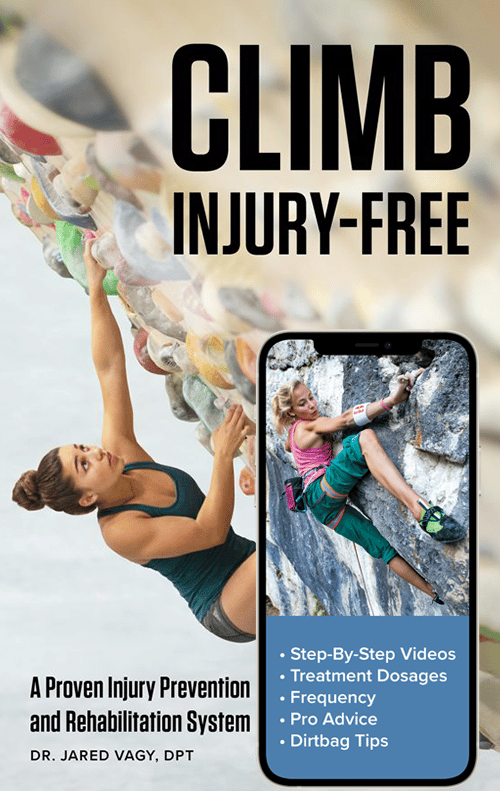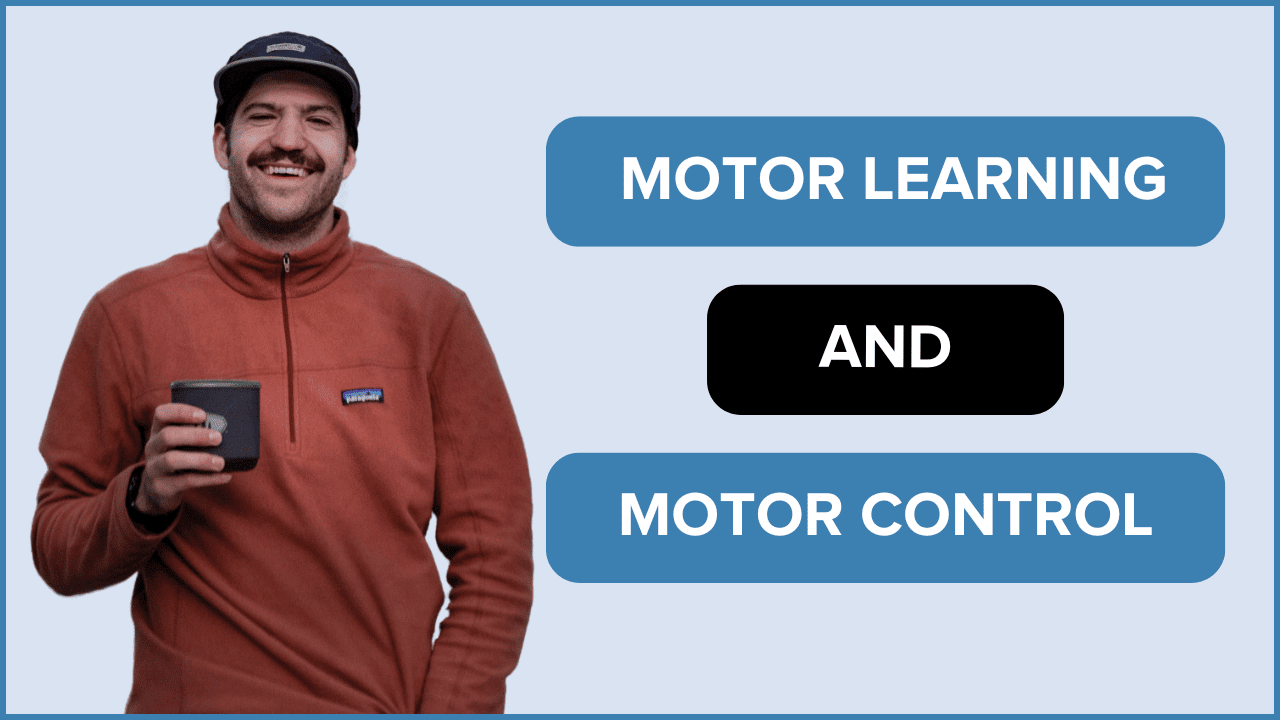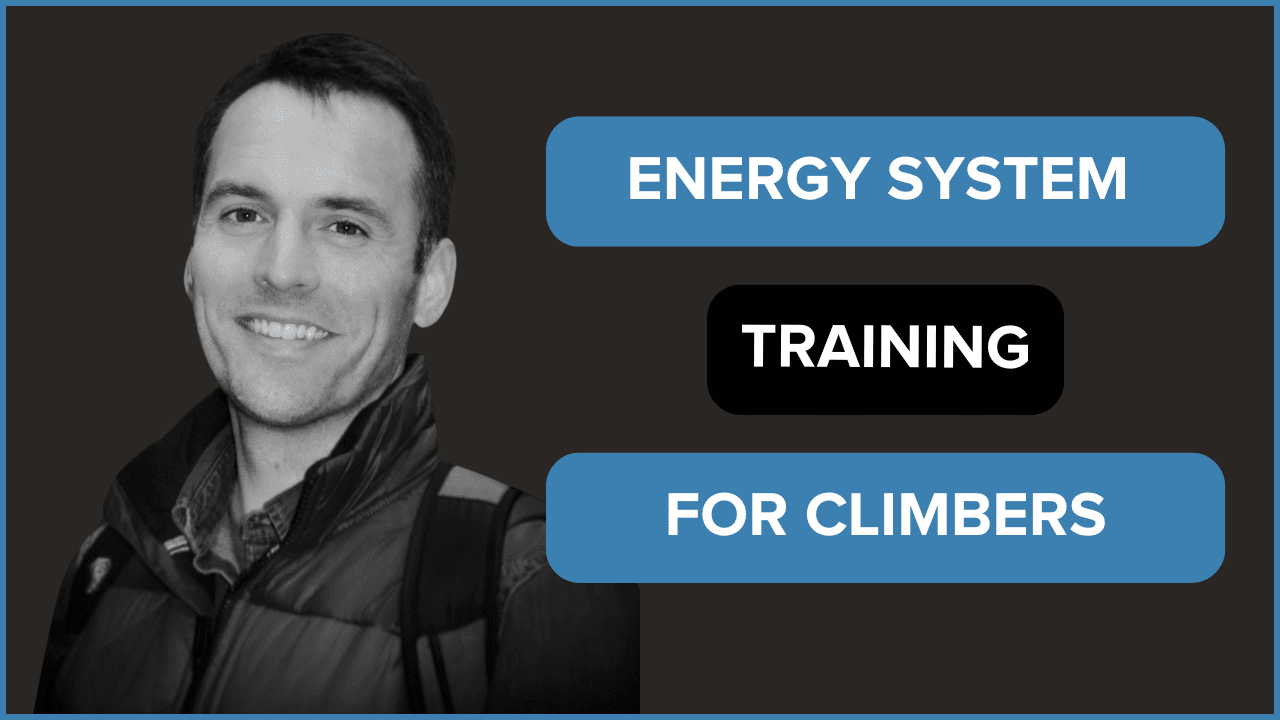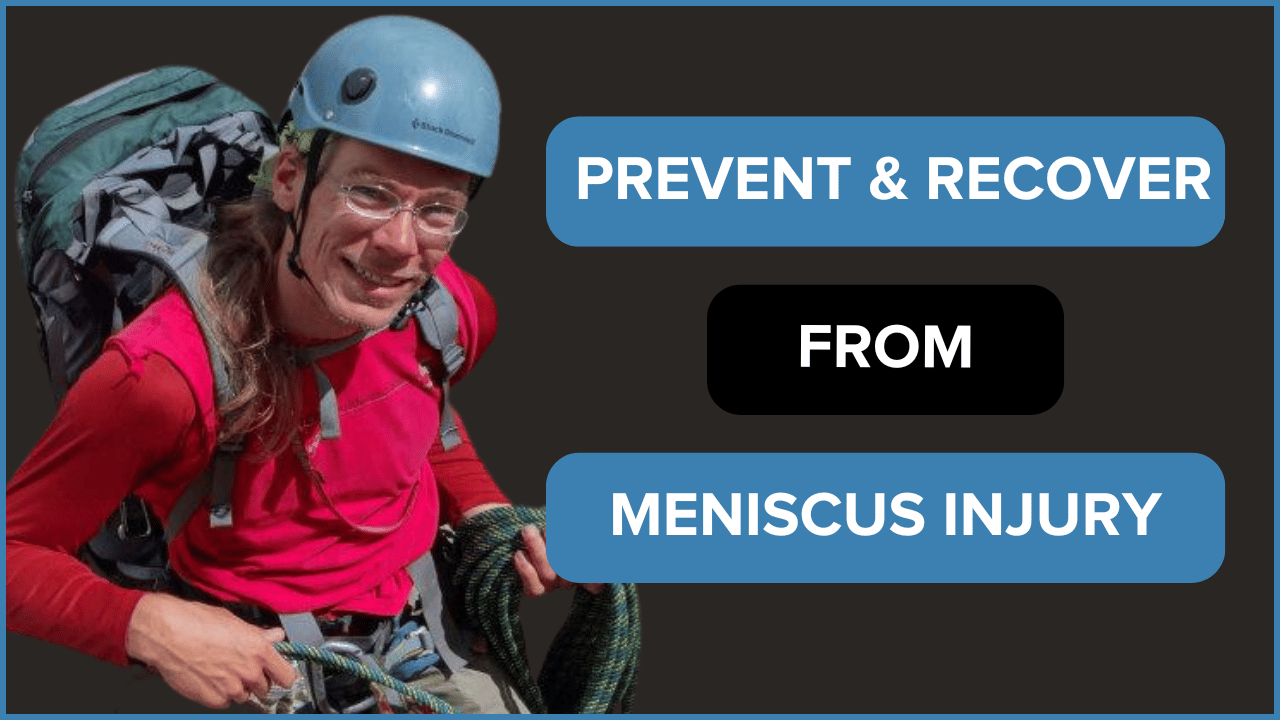S1, E12: Climbing Injury and Training Trends – Patrick Matros
In this interview The Climbing Doctor talks with world class trainer and climber, Patrick Matros. Patrick holds a master’s degree in sport and educational sciences, is the author of two climbing books, including the worldwide bestseller GimmeKraft!, and has trained some of the top climbers in the world, such as Alex Megos and Margo Hayes.
Listen on Apple Podcasts, Spotify, or wherever you listen to podcasts!
- 0:00 Intro
- 3:03 Climbing/training trends
- 8:29 Analyzing a climber and creating/implementing a performance plan
- 27:10 Coaching philosophy and working with Alex Megos
- 33:56 Managing injuries and callaborating with other health professionals
- 40:34 Patrick’s general tips for climbing resiliency
- 45:25 Patrick’s info and outro
If you would like to listen to the entire interview with Patrick, check out the podcast. If you want to watch the interview, click the YouTube link or any of the timestamps above. If you would like to read quick sample of the interview, check out the excerpt from the interview below.
Patrick, tell us a little bit about yourself.
I’m Patrick Matros, a climber and trainer from Germany. Specifically, I’m near Frankenjura, a world-famous climbing area. My day job is as a university professor in sports science, and I do training on the side. I’ve worked with Dicki Korb and have trained Alex Megos and for quite a long time now. I’m a passionate climber as well as a father of two kids, five and nine, both of whom are also climbers.
You publish a lot of material on climbing, training and performance. Could you tell us about that?
I have published a few books, but wish I could publish more. I worked with Dicki Korb to put out a book called GimmeKraft, which is basically a collection of exercises. We really wanted to close a gap that existed in the climbing world at the time, as there wasn’t much published material about power exercises or strength exercises. The book was well-received. Of course, nowadays, it’s a much bigger topic. Strength training and athletic training for climbing is much more popular. We followed up that book with another called ACT, which is more like functional training.
When GimmeKraft came out, there wasn’t much available regarding functional training, the type of full-body movement that really mirrored where climbing started. But things have changed a lot in the past ten years. What are your thoughts on that?
About ten or fifteen years ago things did change a lot. There were new boulder gyms being built, complete with training areas in the gyms. Then books came out, including GimmeKraft. Beyond that, social media like Instagram allowed new ideas to spread easily. I think a lot of information came together and was shared, which built the basis for all the change.
A lot of new training methods just evolved. I can remember 20 years ago when it was all about pull-ups, French pull-ups, one arm pull-ups, and the like. People still train with pull-ups, but there wasn’t much of a focus on functionality, or how to transfer exercises to actual climbing.
Before social media, there wasn’t an outpouring of knowledge and information. Now it’s the opposite. Do you think having so much to sift through can be problematic?
Yes. I see this very often when I speak to top climber who are seeking new and better information. In some cases, I think it would make more sense for them to concentrate on one thing. Constantly seeking something new can bring some benefits, but often lead to a lack of progress. There are definitely drawbacks to the Instagram attitude of always looking for fresh ideas.
What I ask athletes to do is focus on a specific exercise regimen and then see how it affects their climbing. Fancy exercises are okay, but the most important thing is the outcome in climbing.
How do you handle situations in which you notice a specific problem with a climber? Perhaps something inefficient or non-effective. How do you facilitate exercises to deal with that situation?
The first and most important thing to determine is whether the climber lacks something on the physical side or the technical side. For example, let’s say the climber is using an overhanging style but has a problem with shoulder stability. If the reason is a lack of power, then I would add exercises to get better at lock offs. Of course, there are other questions. Is the problem a lack of explosive power, which is really important and often neglected climbing, not in new school, but in an old school, or is it related to basic power. Depending on the situation, I might have the climber train on the horizontal and vertical pulling sling. We might add some simple exercises for beginners, let’s say some rowing stuff where you do a row going to a ninety degree elbow flex, and then you do in and out rotation. In that way, the climber could develop flexing power, and as a result, shoulder blade stability. Of course, in most cases this example would apply to younger climbers who are not so experienced in strength training. If I have a more experience athlete, most of the time the problem is a lack of explosive power. In that case, I like to work with power bands, focusing on speed, and sometimes combined with a pull-up bar. For superior climbers, I like to have the hips to bar. Often they try to make it a muscle up thing, but in the end, that’s really not functional for climbing except in rare scenarios.
Could you go into a bit more detail about that?
With the hips to bar, you go up and then immediately push downwards, without the power band. It’s pretty hard. And even then I tell the client not to look at it as a calisthenic exercise. We just want more explosive power for climbing. In other words, don’t make the exercise itself as the goal. That’s often a mistake. Climbers see Instagram videos and want to replicate a front level pullup or some other fancy move. No. You want to be a good climber. A healthy climber. That’s the goal.
Of course, there are often also climbers who have way too much strength. That’s also common. And that’s not easy to deal with.
Where do you start in a situation like that?
My solution is to make them tired first, let them climb after. For example, if a guy has too much flexing power then you could put him on slopers, on slabs, and stuff like that. But in the end, when it comes to climbing on a 45 degree wall, the climber will return to his most common solution, which is to flex like hell. To combat that, I’ll have him do some pull-up series before the boulder. That’s when the climber starts to realize he has more tools to rely on than just his flexing strength. This is a kind of modern theory related to constraints. When the climber’s body has those constraints, and he can’t rely on his flexing power, then he has to look for other solutions. For example, body tension. There are many climbers who have too much tension in the wrong moments, making it impossible for them to generate swing.
Many climbers have really, really strong fingers. Have you ever found that to be a problem?
That’s a very interesting question because finger strength in climbing is very important. And you’re totally right. I know a lot of really good climbers who have criminally strong fingers. But you will still find climbers like that who complain about a lack of locking power. Also, you will have beginners who have a lot of finger strength, but lack technique. For them, they simply have to learn how to climb on specific boulders.
Also, this where we need to talk about slower climbing. For me, this is the number one solution. And of course, I’m not talking about the kind of right-left, big move slopes where you can easily compensate for weaknesses. No, you have really to come back to this Fontainebleau style movement boulders; you can’t hold the slopes with finger strength. You have to hold it with body position.
Of course, you can also go for some special techniques. I will physically touch the climber and bring them into a specific body position, which is much more efficient than just describing what to do. I might even use a TheraBand, wrapped around them, to move them in a specific direction. That’s a good way to cue them without words.
In my opinion, there’s much too much talking in training. People think movement is all about cognitive channels, but in reality, that’s a very small percentage of what’s going on.
In a nutshell, you’re a proponent of full body exercises to keep climbers mobile.
Right. This whole topic is exploding on Instagram right now. There so much content. Of course, that’s my job as a coach. Anyone can look at Instagram and see thousands of exercises; my job as a coach is to select them. And I always will. Not only that, I will give the reason why you should do it, and how you will benefit. I analyze the exercise, maybe add on something to it or change it a little bit. And I can always give a reason why I do that. In my experience, some of these exercises are really good, can maintain health, and improve your climbing. Not in every way, of course. But they can lead to a more comprehensive climb.
Where can climbers find you?
I’m on Instagram @kraftfactory, and can also be reached via e-mail at coaches@kraftfactory.de.
- Disclaimer – The content here is designed for information & education purposes only and the content is not intended for medical advice.




